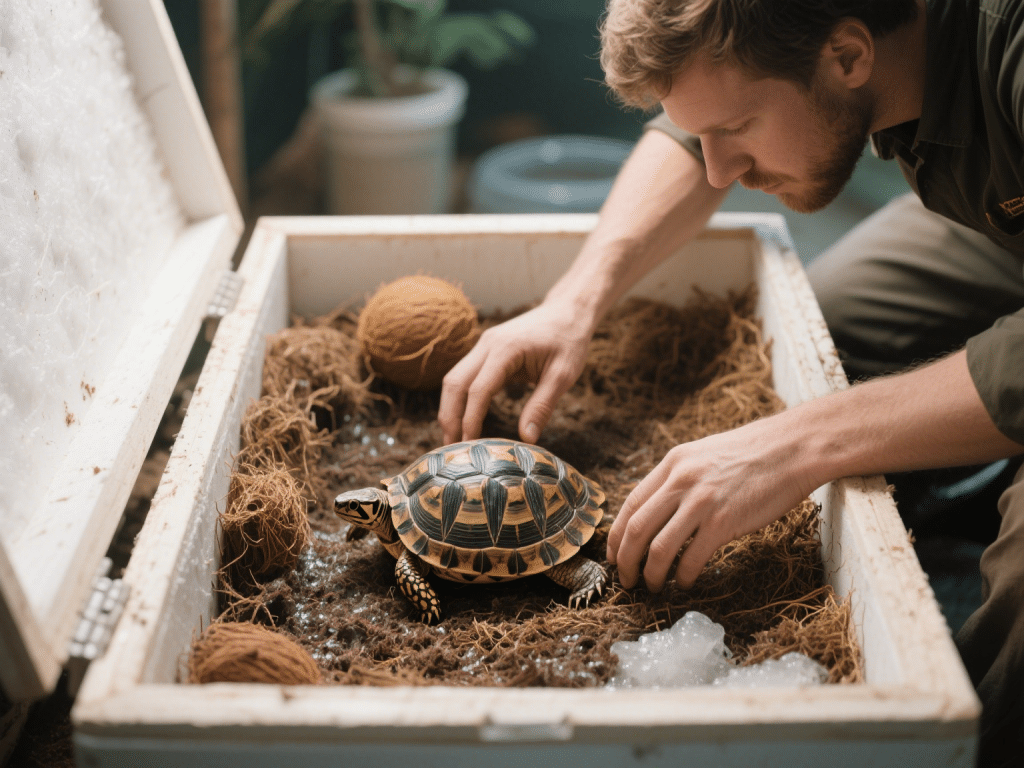
Rabbit Nutrition Myths Busted: What Your Bunny Really Needs
Over my 12 years as a small‑mammal nutrition specialist, I’ve encountered plenty of ...

Box turtles in the wild enter brumation—a hibernation-like state—to survive cold months. In captivity, improper brumation can be fatal. As a specialist in chelonian wellness, I’ve refined a safe protocol to replicate nature’s cues, ensuring your box turtle enters and emerges from dormancy in peak health.
Four to six weeks before cooling, schedule a veterinary check-up. Confirm your turtle is free from respiratory infections, parasites, and is at a healthy weight (no more than 10% weight loss during previous seasons).
Over 3–4 weeks, reduce ambient enclosure temperature by 5 °F each week—from 75 °F down to 45–50 °F. Use a combination of ceramic heat emitters and thermostatically controlled coolers.
Fasting: Begin a 7–10 day fast before brumation to clear the gastrointestinal tract, reducing risk of rot.
Hydration Soaks: Offer daily shallow soaks (20 minutes at room temperature) until the final fast day.
Medium: Use a ventilated plastic bin filled with 3–4″ of moist (not wet) coconut coir or sphagnum moss.
Environment: Place bin in an unheated garage or basement that holds a stable 45–50 °F. Avoid freezing or direct sunlight.
Check your turtle every two weeks:
Movement: Gently prod—minimal response is normal; full lethargy is expected.
Weight: Weigh to ensure no more than 10% loss.
Moisture: Add water if substrate feels dry; watch for mold.
After 8–12 weeks, reverse the process: slowly raise temperature by 5 °F per week and reintroduce hydration soaks. Offer a light meal of soft greens 48 hours after full ambient warmth returns.
By following this meticulous brumation protocol—pre-check, gradual cooling, fasting, precise housing, and careful monitoring—you’ll honor your box turtle’s natural cycle and support vibrant health come springtime. A well-executed brumation sets the stage for active basking, robust appetite, and a long, thriving life.

Over my 12 years as a small‑mammal nutrition specialist, I’ve encountered plenty of ...

Creating an indoor terrarium that meets the complex needs of freshwater turtles requires m...

IntroductionWalking on a leash is a fundamental skill for any dog. Without proper training...

Traveling with your dog can be a joyful experience, but ensuring their comfort and safety ...

Feeding your pets nutritious food is essential for their health, but premium pet foods can...

Understanding Dog Allergies in Your HomeDog allergies affect millions, triggered primarily...
Comments on "Preparing Your Box Turtle for Safe Brumation" :